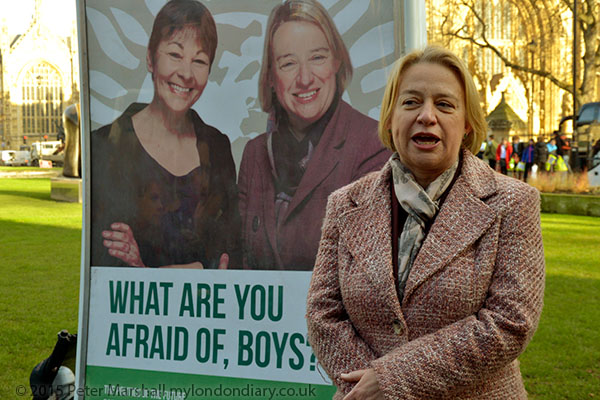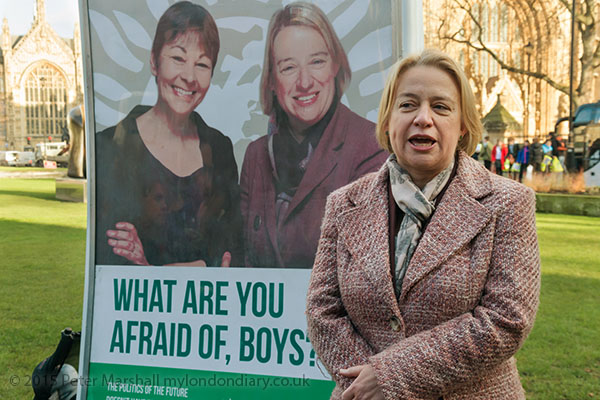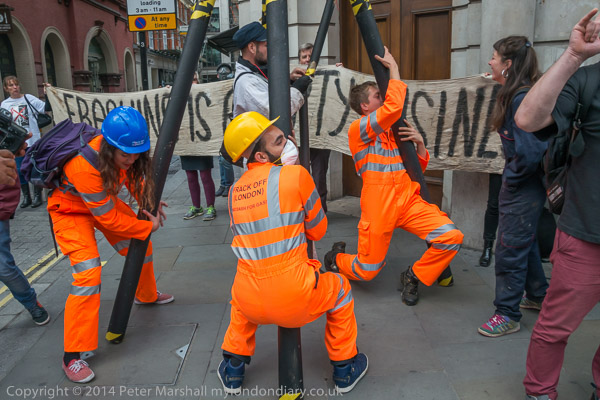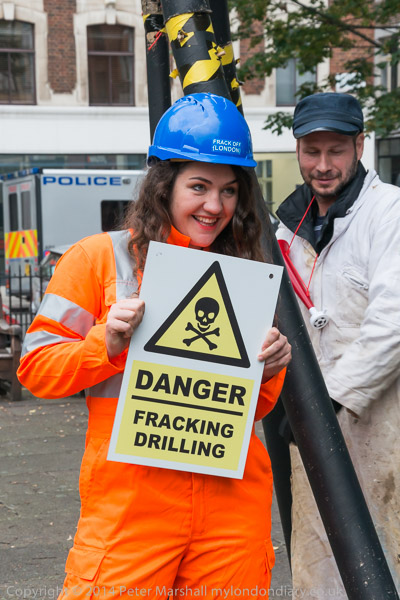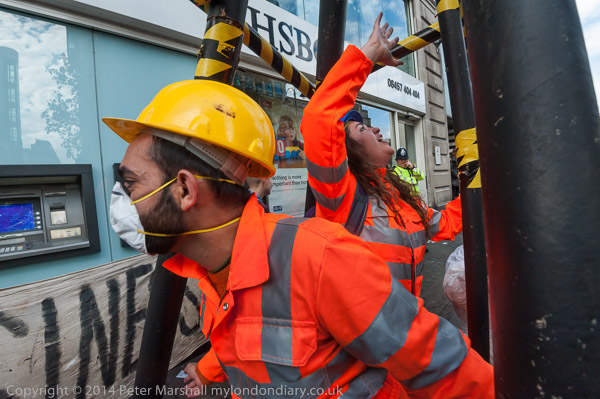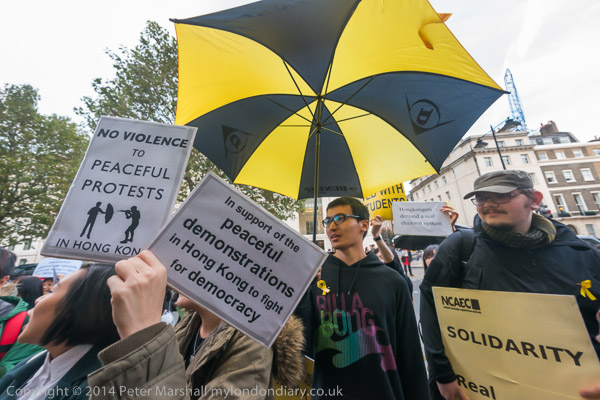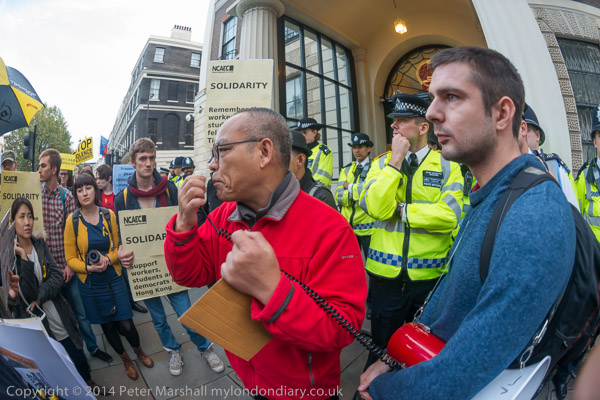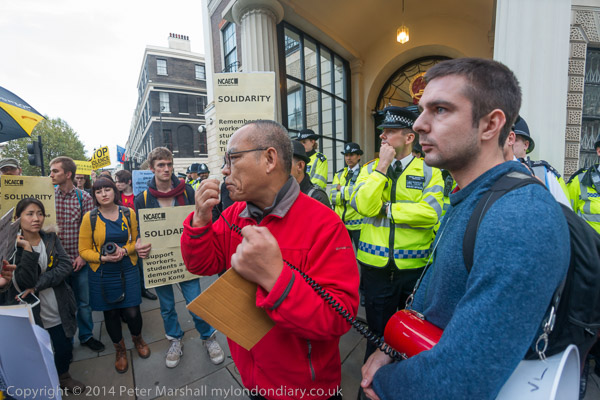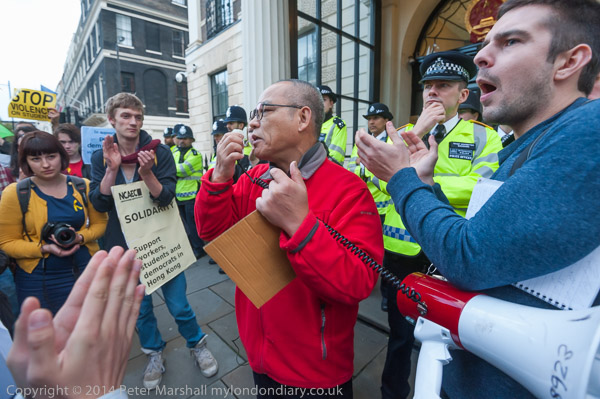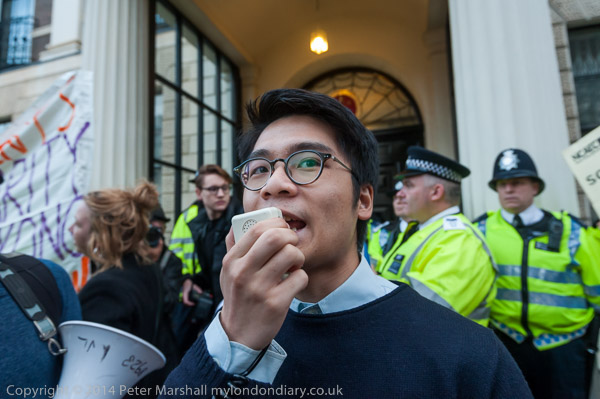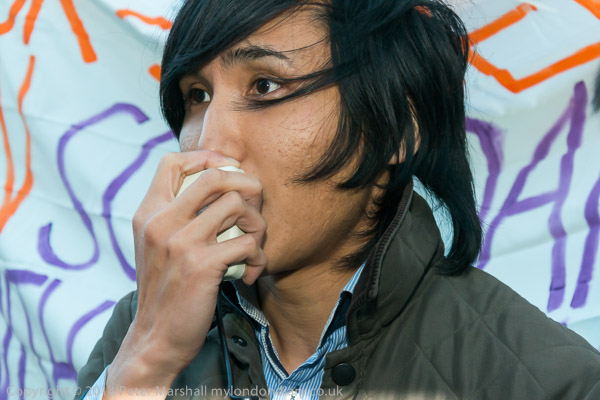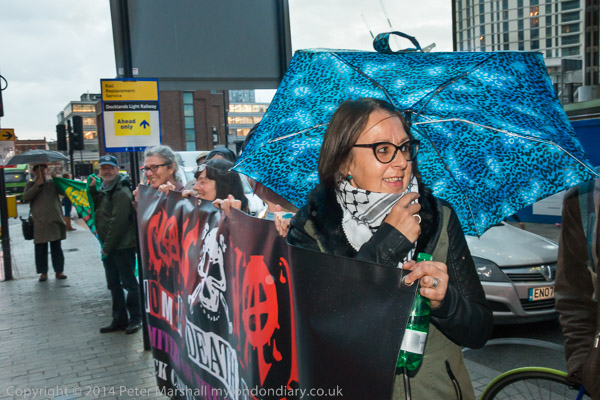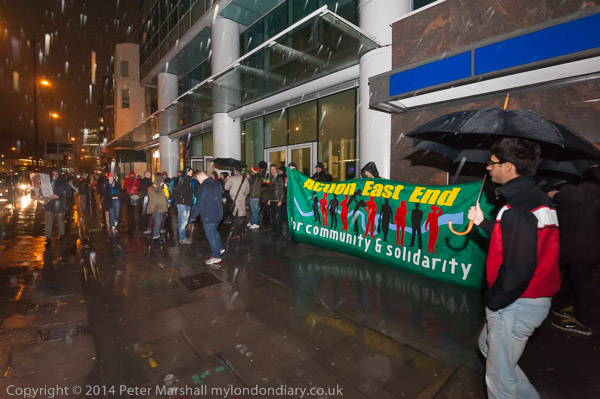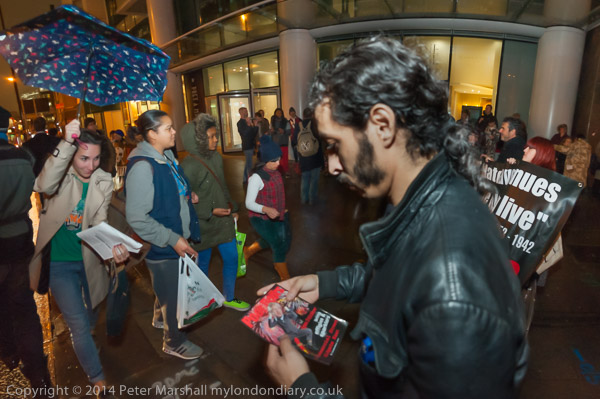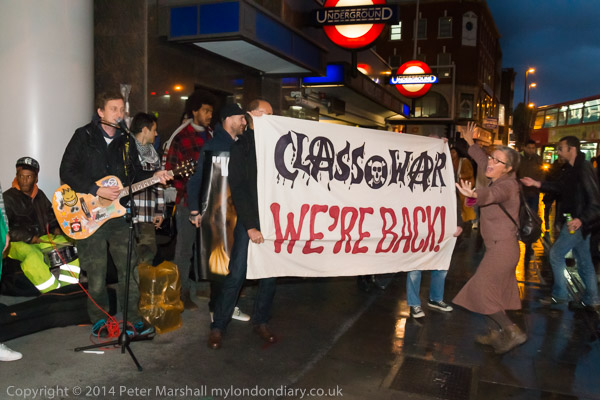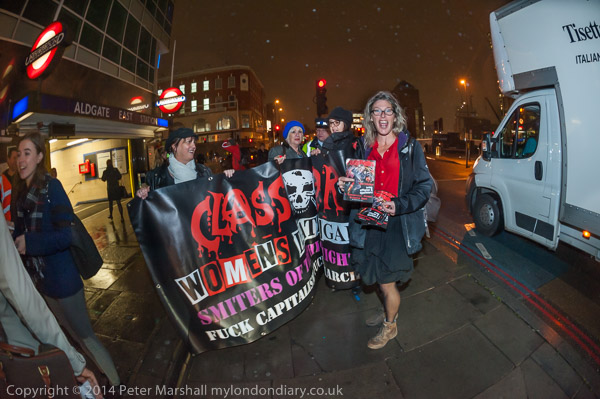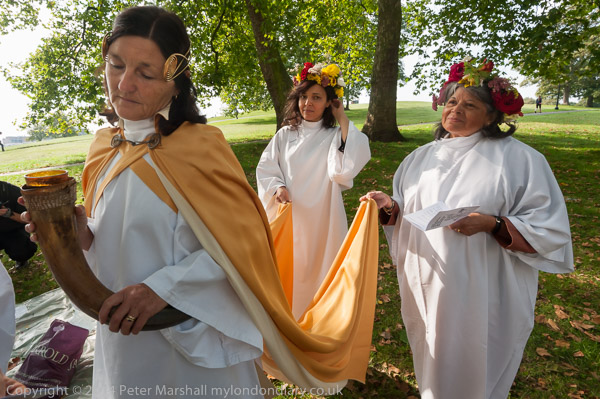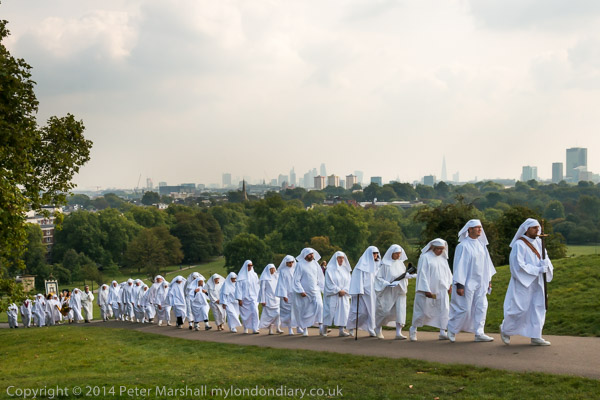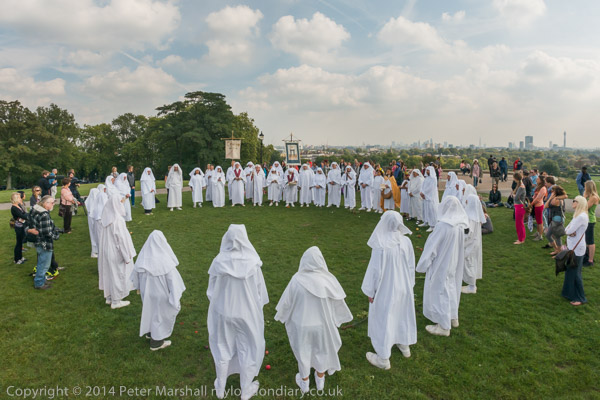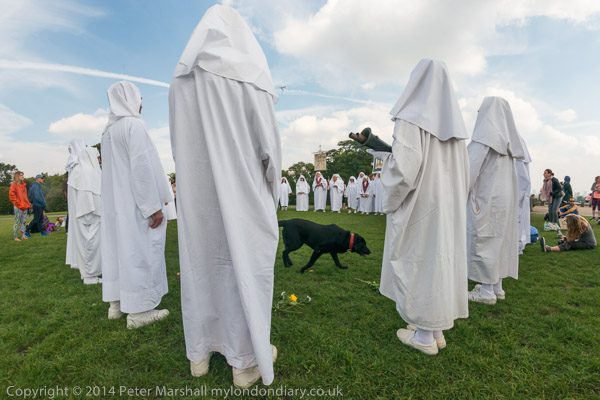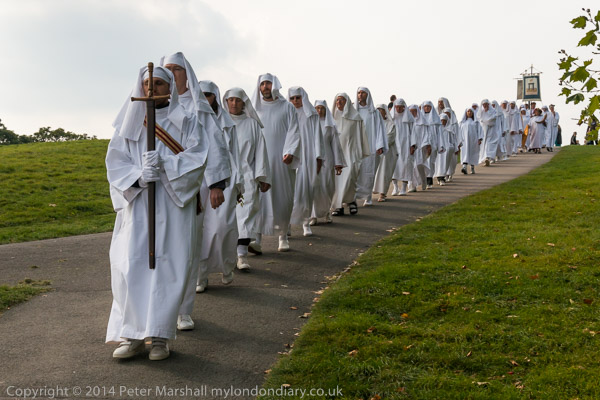I’ve always wanted to stop using Windows. Well at least since I first installed it many years ago. At the time, back in the 1980s, Gem seemed to be a rather better system. But by the time Windows 3 came along, around 1990, Windows seemed more or less the only game except for the uber-rich fuelled by advertising who could afford to go the Mac route.
For those with computer science degrees there was of course UNIX, which became affordable in the form of Linux. Over the years I’ve installed Suse and Red Hat on quite a few computers, and my wife’s computer is now running happily on Ubuntu. Or mainly happily, but after it crashed while running an update I had to do a complete reinstall. Which worked fine, but had problems finding the parallel port printer. Not that it couldn’t find it at all, just that it seemed to insist on sending data a bit or two at a time, so it might take half an hour before a page would emerge.
There was a lot of advice on the various support forums, and I tried it, but nothing worked. Clearly too, a lot of other people were having similar problems from all the messages that were posted – and a few did find that the solutions posted worked. Most I think finally gave up and brought a USB printer instead.
Fortunately both my sons are computer science graduates, and when the elder came home he soon solved the problem, editing a few files here and there on the system – and posted his fix on a support forum too, so others may benefit. But if you don’t have a first in Comp Sci, and don’t want to devote most of your life to learning Linux there are still rather a lot of possible hurdles. We’ll probably have to call Sam in again after the next OS upgrade too.
But if you are running some flavour of Linux, you might be able to install Darktable. If you are running a Mac, it’s also possible, though looking at the instructions not entirely straightforward. If you are using Windows, you could run it in a virtual machine (likely to be slow) or should you be a true geek you might just be able to get it to run natively if you have most of your life to spare.
Why should you want to? Well it does seem as if it is almost a alternative to Lightroom for the Linux user. Here is the start of the description from the web site:
darktable is an open source photography workflow application and RAW developer. A virtual lighttable and darkroom for photographers. It manages your digital negatives in a database, lets you view them through a zoomable lighttable and enables you to develop raw images and enhance them.
And here is most of what the FAQ says about a Windows version:
- What about a Windows port?
None of the developers use Windows, so a port of darktable to that operating system is very, very unlikely to happen.
That being said, many things should already work, so the actual porting should be relatively straight forward. It’s just that we won’t do it. However, there is the “win” branch which kind of cross compiles using MinGW to generate a Windows version. It’s still really buggy and might crash, kill kittens and eat your baby. You have been warned.
Like much Linux software, Darktable comes free. Of course it isn’t the only alternative, and there are a couple of review articles I quickly found that briefly compare some of them. Best Linux photo editors looks at half a dozen of them, including two I’ve tried, Gimp and Corel’s AfterShot Pro, but this review is a couple of years out of date (and the versions I tried and found a little wanting were older still – when the Corel software was called Bibble.) Top 15 Photo Editors for Linux Distributions is more recent, but also rather less informative.
AfterShotPro (now AftershotPro2) isn’t free, but commercial software, though reasonably priced, and were I seriously going the Linux route would probably be my choice. But as the writer of the ‘Top 15’ article says at the end of his roundup:
I’m quite happy with how the list turned out, and it also made realize that there is still a quite big gap in the photo editing software market when it comes to Linux. A ton of people I know, and even those that I encountered during my research – still prefer to work with Photoshop through Wine.
For the moment, rather than tangling with Wine (a Windows-like environment which allows some Windows programmes to run in Linux) I’ll continue to whine about Windows, and when necessary drown my sorrows with a glass or two of a decent red. Oh dear!
